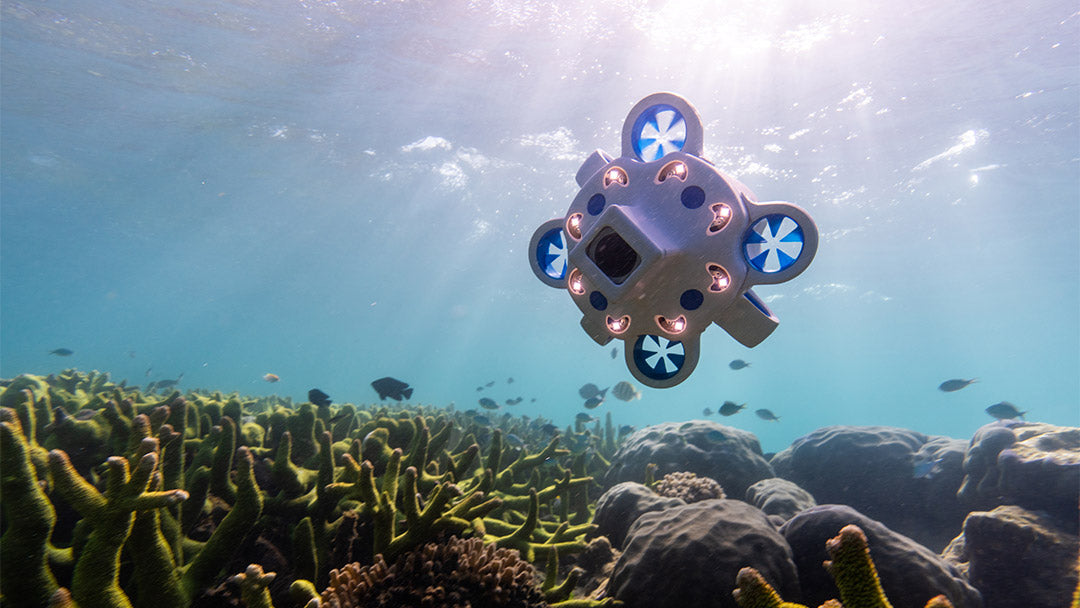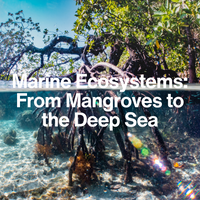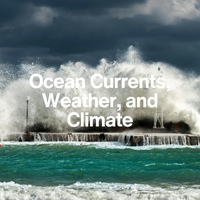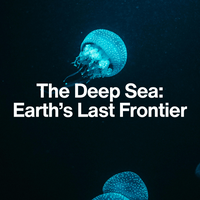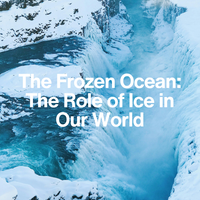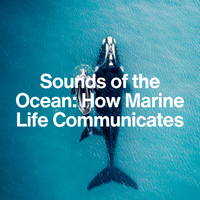LESSON 2
Can We Restore Coral Reefs and Help Ocean Habitats Recover?

Introduction:
Healing the Blue Planet
The ocean is incredibly resilient—but only up to a point. From coral bleaching and mangrove loss to seagrass decline, many vital marine habitats are damaged but not beyond saving.
That’s where restoration science comes in. Around the world, scientists, conservationists, and coastal communities are working to help the ocean heal—planting corals, regrowing seagrass, and rewilding shorelines. The results are promising—and full of hope.
In this lesson, we’ll explore how ocean habitats are being restored, the methods that work, and what it takes to bring underwater ecosystems back to life.
1. Why Habitat Restoration Matters
Healthy marine habitats do a lot more than look beautiful—they’re essential to the ocean’s function and our planet’s future.
Restoring them isn’t just about nature—it’s about CLIMATE RESILIANCE, FOOD RESURITY, AND COASTAL PROTECTION.
2. Coral Restoration: Rebuilding the Reefs
Coral reefs are among the most fragile and threatened ecosystems on Earth. But they’re also the focus of some of the most exciting restoration efforts.
How coral restoration works:
- Scientists collect small coral fragments (called “coral nubbins”) from healthy reefs or nurseries.
- These are grown on underwater frames or ropes until they’re large enough to replant.
- Once mature, they’re attached to degraded reefs using marine-safe adhesives or pins.
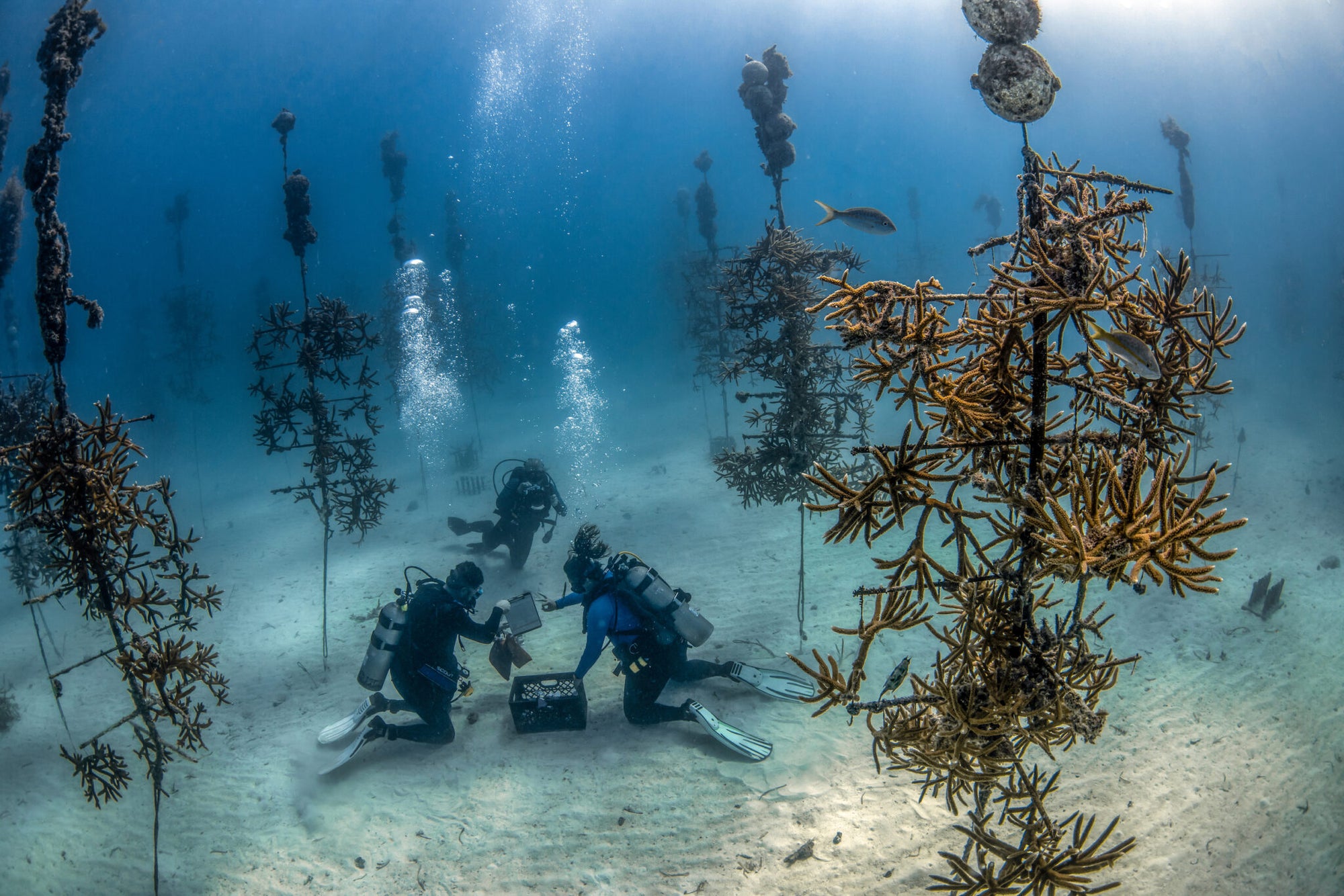
Some projects now use
Did you know?
Some coral species grown with microfragmentation grow up to 40 times faster than they would naturally.
3. Mangroves and Seagrasses: Replanting the Coastline
Mangrove forests and seagrass meadows are often the first line of defence against storms and erosion—and some of the most effective natural carbon sinks.
These efforts not only rebuild habitats but also improve water quality, enhance fisheries, and reduce coastal vulnerability to storms.
Did you know?
Seagrasses can capture carbon up to 35 times faster than tropical rainforests per square metre!
4. Challenges and Success Stories
Restoration isn’t always easy.
Did you know?
Marine animals protected in MPAs can live longer, grow larger, and produce more offspring than those in heavily fished areas.
Conclusion
Regrowth Is Possible
Ocean restoration is a powerful reminder that nature can recover—if we give it the chance. With the right tools, the right support, and the right people, we can help rebuild reefs, regrow forests, and revive the life beneath the waves.
Restoration isn’t just about fixing the past. It’s about creating a stronger, more resilient future—for the ocean and for us.
Key Takeaways:
Marine habitats like coral reefs, mangroves, and seagrass meadows are essential to biodiversity, climate resilience, and coastal protection.
Coral restoration involves growing and transplanting corals, often using techniques like microfragmentation and 3D structures.
Mangrove and seagrass projects help store carbon, reduce erosion, and support local communities and marine life.
With science, community action, and commitment, damaged habitats can recover—offering real hope for ocean health.
NEXT LESSON
What Are Some Cool New Technologies Helping the Ocean?
From AI-powered monitoring tools to underwater drones and bioengineering breakthroughs, we’ll explore how technology is giving the ocean a new wave of support.
